The Bridge by Billy Joel
Billy Joel‘s 1986 studio album, The Bridge, represents a crossroads on many fronts. It is the seventh and final Billy Joel studio album to be produced by Phil Ramone. Ramone, starting with The […]
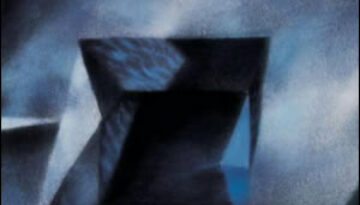
Billy Joel‘s 1986 studio album, The Bridge, represents a crossroads on many fronts. It is the seventh and final Billy Joel studio album to be produced by Phil Ramone. Ramone, starting with The […]
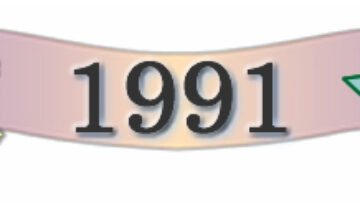
Buy Ten Pearl Jam‘s excellent debut is one of the most potent and indelible of debut albums ever released. The album called Ten was released in August 1991, at the vanguard of a […]
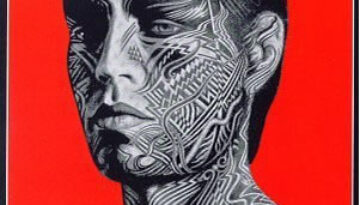
Buy Tattoo You Part of the fun of reviewing all these great albums is discovering that some of your own long held preconceptions are, in fact, false. Approaching this album, Tattoo You by […]
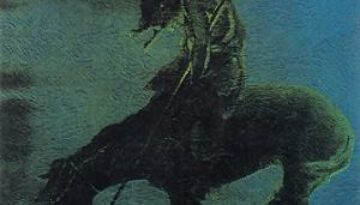
Buy Surf’s Up 1971 was an exceptionally great year for rock n roll, and we at Classic Rock Review regret that we can not give a proper review to all the great works […]
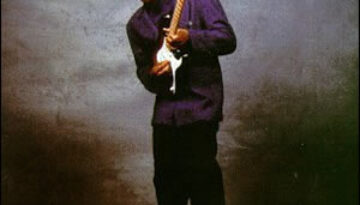
Buy Strong Persuader The 1980’s music scene is best remembered by most people as a time when synthesized sounds ruled the radio waves and the glitzy MTV videos of hair bands and rap […]
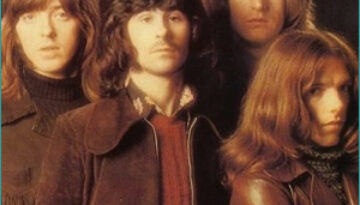
Buy Straight Up After the success of their 1970 album No Dice, Badfinger finished recording its third album with Geoff Emerick as producer. But the tapes were rejected by their label, Apple Records. […]
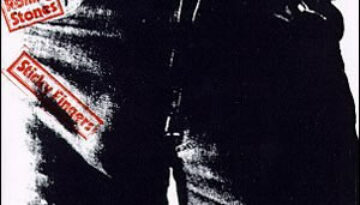
Buy Sticky Fingers Sticky Fingers is the third of the trilogy of Rolling Stones albums that, in our opinion, comprise the heart of the band’s prime. The first two were Beggars Banquet in […]
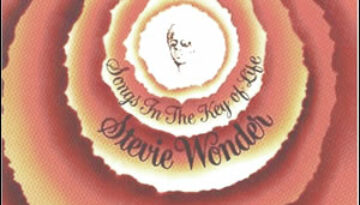
Buy Songs In the Key of Life The incredibly long and ambitious Songs In the Key of Life became the tour-de-force of Stevie Wonder‘s prolific seventies. The album consisted of two LPs plus […]
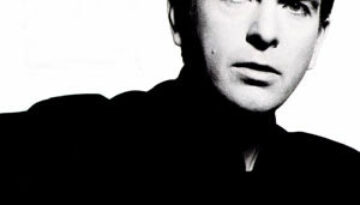
Buy So A little over a decade after departing from Genesis as their elaborate frontman, Peter Gabriel released his fifth and most successful solo album. After releasing four consecutive albums with the same […]
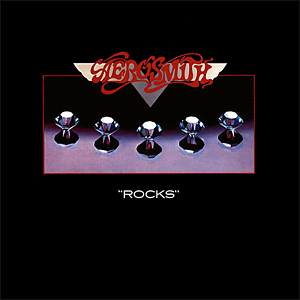
Buy Rocks We commence our look at 1976 with a review of the fourth of four great albums by Aerosmith that launched their career during their classic period of the 1970s. Starting with […]